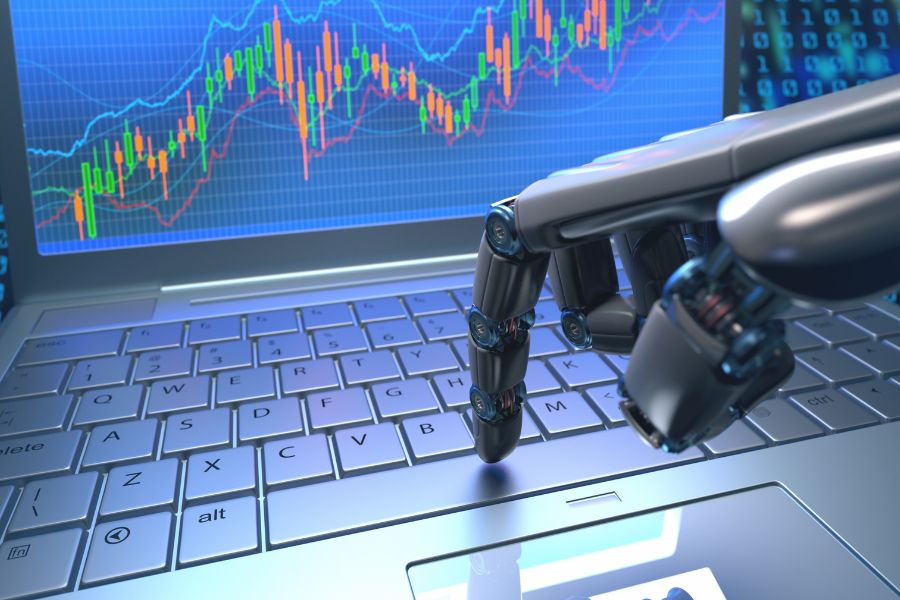Many people believe that algorithmic forex trading is difficult and requires a degree in data science and years of programming. In reality, these programs can be extremely simple, with some examples ranging from a few lines to thousands of lines. A simple example is when a forex trader looks for increased volatility in the British Pound Sterling and Euro at the start of the London trading session. Then, he can build a program to buy one of these currency pairs at the open.
Automated trading

Before choosing a program, do some background research on what automated trading in forex can do for you. Automated trading systems use pre-programmed code to execute trades automatically. These programs will have a specific strategy, which might include trading forex markets around the clock or high-volatility instruments, such as cryptocurrencies. They may not require you to download any software or activate a broker. Regardless, you should choose an automated trading program that works well for you.
Machine learning
While many of the benefits of machine learning are intangible, its use in Forex algorithmic trading is not a trivial one. For one, supervised machine learning models can anticipate Forex rate changes. They are also fact-based, whereas human decisions are often driven by emotions. Additionally, machine learning algorithms can monitor more markets and choose which ones are most profitable for them. As a result, algorithmic forex trading is more efficient than ever.
AI
AI-based trading is relatively new, but many benefits outweigh the downsides, including improved efficiency and error reduction. One company that has already made significant use of AI in trading is Mediatrix Capital. The firm began using the technology as early as 2013 to trade currency and commodities, achieving gains of more than 40 percent back-to-back months. The company has also reported impressive gains of more than 150 percent in the past three years.
Scalping
The concept of scalping is based on the notion that stock prices are volatile and that they change direction frequently. To become a successful scalper, you will need to have a lot of concentration and time to watch the markets closely and develop a strategy that works for you. Scalpers tend to work on small time frames, such as 15-minute charts or 5-minute charts. In order to enhance your chances of success, you should avoid using high leverage in your scalping strategies.
Arbitrage
Forex algorithmic trading aims to make a profit by exploiting price differences between different financial assets. Generally, these opportunities are small but profitable. The key to arbitrage lies in reacting quickly to market inefficiencies and making a profit. The main difference between arbitrage and algorithmic forex trading is the speed with which it can be executed. The latter requires a computer to create trade orders. It can even make mistakes.
Auto-hedging
Forex algorithmic trading uses automatic hedging to reduce the risks of individual traders. Auto-hedging involves investing in the opposite position of the main related asset. This strategy also reduces the impact of market fluctuations and finalizes a trade. An automated system can follow trends in the market and buy or sell when prices move in a trending direction. It compares current data with historical data and makes educated decisions about whether or not the trend will continue.
Automated execution
There are several advantages of automated execution for forex algorithmic trading. Retail traders can execute strategies from their homes during market hours, but they will still need a brokerage account and a way to update market software. Professional quant funds will likely use exchange-colonized servers to minimize latency. However, if you are a home trader, you may be able to use your desktop computer with a broadband connection.
